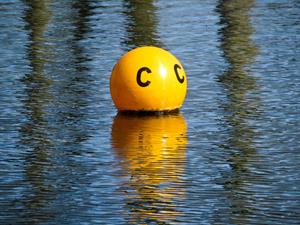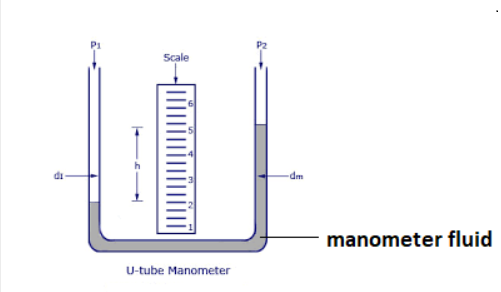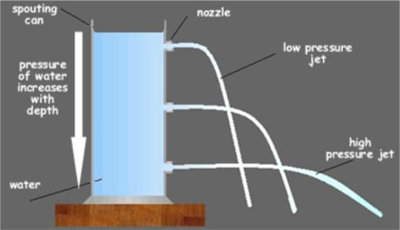
PUMPA - SMART LEARNING
எங்கள் ஆசிரியர்களுடன் 1-ஆன்-1 ஆலோசனை நேரத்தைப் பெறுங்கள். டாப்பர் ஆவதற்கு நாங்கள் பயிற்சி அளிப்போம்
Book Free DemoAs you may have noticed water exerts an upward force on a floating or partially submerged body. The term for this upward force is the buoyant force. The word for this phenomenon is buoyancy. This force is exerted not just by liquids but also by gases.
This upward force determines whether an object sinks or floats. The object will float if the its weight is less than the upward force. Otherwise, it will sink.

The ball floats due to buoyant force.
Buoyant force:
Whenever an object is thrown in a liquid (water), the object will float or sink based on the buoyant force of the liquid. If the weight of the object is greater than the buoyant force of water, the object will sink inside. If the weight of the object is lesser than the buoyant force of water, the object will float. Thus, the upward force exerted by the liquid is called buoyant force. The same can be said about gases.
The pressure exerted by liquids:
When we pour liquids in any container, tube or vessels, etc., the liquid will exert pressure on the bottom of the vessel as well as the sides of the container. This exerted pressure is called static pressure. It can be defined as the force acting per unit area of the surface on which the liquid is placed.
Manometer:
An instrument used to measure the difference in liquid pressure of the fluids in the same container, is called a manometer.

Manometer
Activity:
Try it at home:
Take a water bottle and fill it with water. Now punch three holes, one on the upper side, one in the middle, and the other on the bottom side. If you observe the water flow, water from the bottom hole will exert more pressure than the water from the top side.
This is because the pressure exerted by liquids increases with an increase in depth.

Variation of pressure at different points